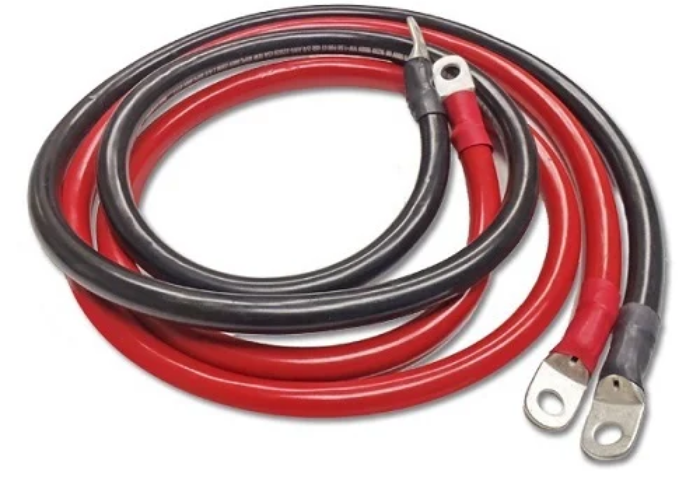Thirty-five millimeters is an interesting site that has many applications in everyday life. Measuring 35 millimeters, or 1.38 inches, it’s not too big or too small, but just the right size for a variety of uses. It is the size of a standard 35mm film camera, the size of a small screw, and the size of a standard lens aperture.
What is a Millimeter?
A millimeter (mm) is a unit of measure in the metric system, which is used to measure length or distance. It is the equivalent of 0.039 inches (in) and is often used to measure the thickness of paper, film, and sheet metal. The symbol for millimeters is mm. To give an example of its size, a typical human hair is about 70 micrometers in diameter, which is over twice the size of a single millimeter. Therefore, 35mm is roughly equal to the width of three human hairs.
How Big is 35 Millimeters?
35 millimeters can be seen as a relatively small measurement, however, it is surprisingly versatile and can be used in a variety of ways. 35 millimeters is roughly equivalent to 1.38 inches, making it a unit of measure that can be used to measure the size of objects or distances. For example, 35 millimeters can be used to measure the size of a small object like a bottle cap or a coin. It can also be used to measure the distance between two points, the thickness of a piece of paper or fabric, or the diameter of a small tube. In terms of visual size, 35 millimeters is about the same as the width of a standard pencil eraser.
Examples of 35 Millimeters in Everyday Life
35 millimeters (mm) is a length measurement that has many practical applications in everyday life. For example, 35mm is roughly the width of a standard pencil, the circumference of a human thumb, and the diameter of a paper hole punch. Additionally, 35mm is the standard size for a film photograph, and it is also the size of a cassette tape, a vinyl record, and a standard watch battery. 35mm is a size often found in the construction industry, as it is the approximate diameter of a standard nail or screw head.
It is also the approximate diameter of most standard door knobs. Additionally, many small items are generally 35mm in size, such as buttons, coins, and jewelry. Finally, 35mm is the approximate size of a reel of thread or a ball of yarn. As you can see, 35mm is a surprisingly versatile size in everyday life.
The Difference Between a Millimeter and a Centimeter
A millimeter (mm) is a unit of length in the metric system, equal to one-thousandth of a meter (0.001 m). It is approximately equal to twenty-fifths of an inch (1/25″). A centimeter (cm) is a unit of length in the metric system, equal to one-hundredth of a meter (0.01 m). It is approximately equal to a hundredth of an inch (1/100″).
The difference between a millimeter and a centimeter is a matter of scale; a millimeter is smaller than a centimeter. To illustrate this, imagine a ruler that is one meter long. If the ruler were divided into millimeters, it would have 1,000 millimeters. If the ruler were divided into centimeters, it would have 100 centimeters. Thus, one centimeter is equal to 10 millimeters.
Using this same scale, 35 millimeters is equal to 3.5 centimeters. Put another way, 35 millimeters is equal to 3 1/2 centimeters, or 3 1/2 cm. Thus, 35 millimeters is a smaller length than 3.5 centimeters.
Practical Uses of Understanding the Size of 35 Millimeters
Practical Uses of Understanding the Size of 35 Millimeters is an important concept to understand, as it can be used in various contexts. First of all, 35 millimeters is a common size for a film canister, which is a container for storing and protecting film rolls. This size of canister is often used for storing 8mm, 16mm, and 35mm film rolls, so understanding the size of 35 millimeters can be useful when purchasing canisters for storing film. Additionally, 35 millimeters is a common size for photographic enlargements, so understanding the size can be helpful when ordering prints.
35 millimeters is also a common size for camera lenses, especially those used in digital SLR cameras. These lenses usually range from wide-angle to telephoto, and understanding the size of 35 millimeters can be useful when selecting lenses. For example, a 35-millimeter lens is considered a standard lens, which is a good option for general photography. In addition, 35 millimeters is a common size for eyeglass frames, so understanding the size can be useful when selecting a pair of frames.
Finally, the size of 35 millimeters is also important for crafts and hobbies. For example, 35-millimeter film canisters can be repurposed into useful containers for storing arts and crafts supplies. Likewise, 35-millimeter photographic enlargements can be used for scrapbooking and other artistic projects. As such, understanding the size of 35 millimeters can be practical and beneficial for a variety of creative pursuits.
Conclusion
35 millimeters is a relatively small measurement, but it can be used to measure a wide variety of items. It is commonly used to measure the width of a watch, the thickness of a wall, or the diameter of a coin. It’s also used to measure the size of camera lenses, the size of a screw, or the size of a bullet. Its small size makes it incredibly useful for a variety of applications.
